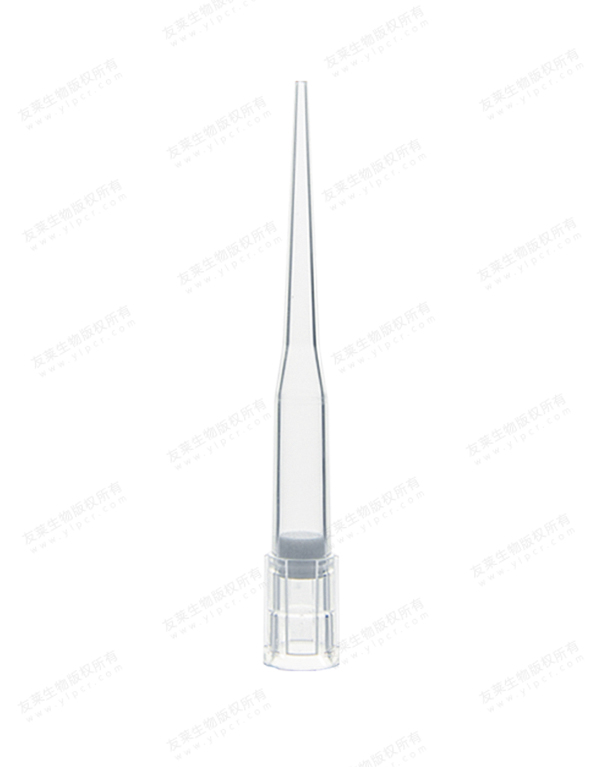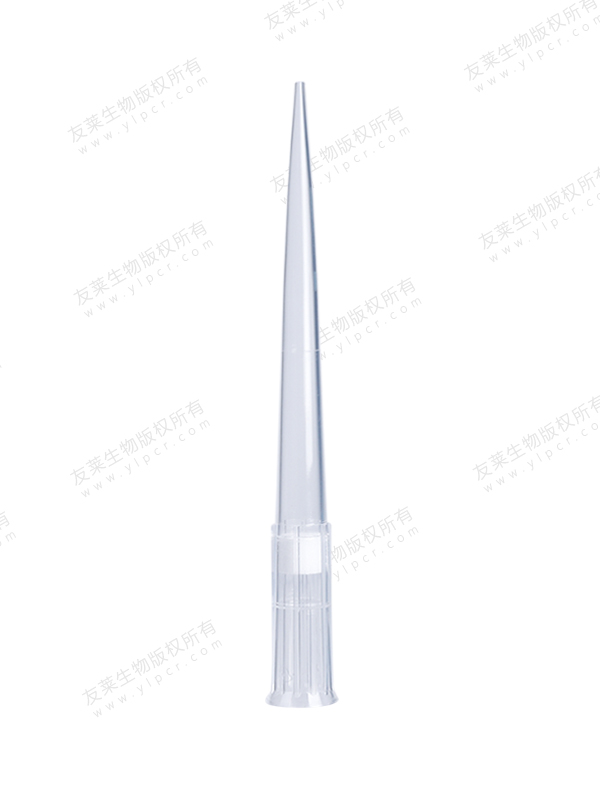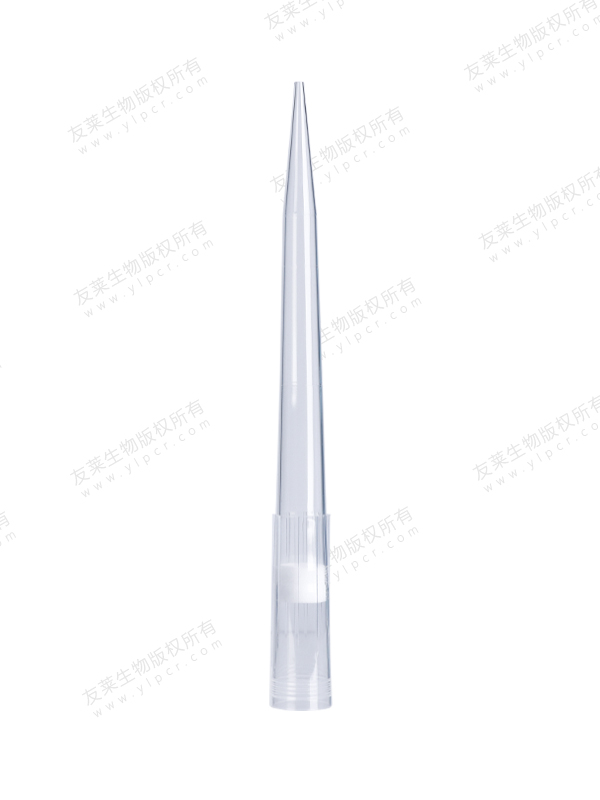How to choose a suitable centrifuge tube mainly involves comparing and considering the following aspects: physical properties (temperature), chemical properties, centrifugal force, centrifuge adaptation, etc.
1. Physical properties
Mainly from the aspects of maximum usage temperature (temperature tolerance), transparency, microwave ability, sterilization treatment, specific gravity, elasticity, permeability coefficient, etc. for reference and comparison;
2. Chemical resistance
There are many factors that affect the chemical resistance of experimental instruments, so the true chemical resistance also depends on the actual experimental conditions. Compounds can affect the strength, elasticity, surface properties, color, appearance, and weight of plastic products. The basic patterns that cause these changes are as follows:
(1) Compounds disrupt polymer chains, leading to the loss of physical properties, including oxidation; The reaction of functional groups in the chain and on the chain; Depolymerization.
(2) Physical changes, including plastic softening and expansion caused by solvent absorption; The solvent penetrates through plastic; Decomposition in solvents.
(3) Stress cracking caused by internal and external stresses generated by the reaction of "stress cracking agents".
When loading reagents in a centrifuge tube, it is necessary to consider the relevant effects of the centrifuge tube on PP and HDPE, and the centrifugal force.
Centrifuges separate samples through centrifugal force, and acceleration and rotational speed are very important parameters. The acceleration is set relative to the gravitational acceleration g (9.81 m/s2) on the Earth's surface. The centrifugal effect is mainly measured by the relative centrifugal force (rcf). Compared to the speed per minute (rpm), the relative centrifugal force is more accurate.
3. Centrifuge adaptation
Good matching can ensure the integrity of the centrifuge tube during use, without deformation or damage.
The commonly used centrifuge tubes in laboratories include plastic and glass ones. Generally, plastic centrifuge tubes are more commonly used, and laboratory colleagues can choose different centrifuge tubes according to their own needs.

 English
English русский
русский 中文简体
中文简体




